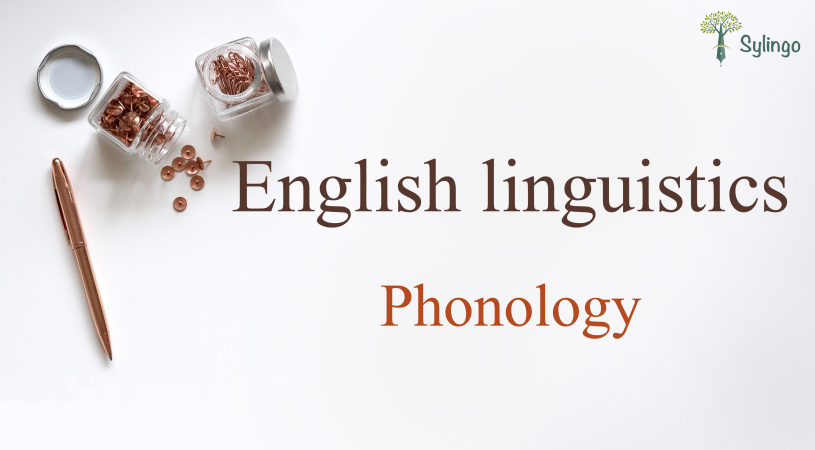Phonology is the study of sound units in English and classifying them, and describes phonemes and expressing sounds. It explains how sounds interact with each other and can be combined. Also, it illustrates the importance of sound properties in identifying and distinguishing a word.
Phoneme
It is the smallest meaningful unit of speech that distinguishes one word from another, and is written between two slashes. For example, /a/ in the word Wash and /i/ in the word Wish.
Allophone
It is a different variant of a phoneme. It does not change the meaning of a word, but the pronunciation is different. For example, /L/ in the words [lips] and [deal], even though it is the phoneme, it is two different pronunciations.
A Minimal Pair
It is two similar words that differ in one sound. For example, the words Tin and Bin.
There are two major types of features of sounds
1- Manner of articulation: It describes how the sound is made.
2- Place of articulation: It describes where the sound is made in.
Consonants
Place of articulation
Each consonant is made in the oral cavity using the lips, tongue, epiglottis, or nasal passageway. Sometimes it needs two parts of the mouth to pronounce one sound.
1- Labial is for consonants that are produced with the lips, and it can be:
- Bilabial: ccp, b, m]
- Labiovelar: for example [w]
- Labiodental: for example [f, v]
2- Coronal is for consonants that are produced with the tip of the tongue, and it can be:
- Dental: for example [θ, ð]
- Alveolar: for example [t, d]
- Post-alveolar: for example [tʃ, dʒ]
- Retroflex: for example [r]
3- Dorsal is for consonants that are produced with the body of the tongue, and it can be:
- Palatal: for example [j]
- Velar: for example [k, ɡ, ŋ]
4- Glottal is for consonants that are produced with the epiglottis, for example [h].
Manner of articulation
1- Voicing:
- Voiced means consonants are produced with vibration in the vocal folds, for example [d, n].
- Voiceless means consonants are produced without vibration in the vocal folds, for example [θ, t].
2- Nasal: Consonants are produced with air flowing through the nasal passages, for example [m, n].
3- Stop: Consonants are pronounced by stopping the airflow, then allowing it, for example [b, p].
4- Fricative: Consonants are pronounced when the constriction is really tight, for example [f, v].
5- Affricate: Consonants are pronounced by stopping the airflow and then letting it flow through a narrow passage, for example [tʃ].
6- Liquid: Consonants are pronounced by the flow of air from the sides of the tongue, for example [r].
7- Glides: Consonants are pronounced by air flowing without friction, depending on the position of the tongue and lips, for example [w, h].
Vowels
Place of articulation
Since vowels depend only on the position of the tongue and lips, they are produced by an unrestricted flow of air through the mouth. Each sound has a specific exit, and there are two features:
1- Horizontal: It describes the position of the tongue in the mouth horizontally.
Front vowels: for example [e, ɛ]
Central vowels: for example [a, aɪ]
Back vowels: for example [u, ʊ]
2- Vertical: It describes the position of the tongue in the mouth vertically.
High vowels: for example [ɪ, u]
Mid vowels: for example [o, ɛ]
Low vowels: for example [æ, a]
Manner of articulation
1- Rounding:
- Rounded means vowels are made with the lips rounded, for example [o, ʊ].
- Unrounded means vowels are made with the lips not rounded, for example [e, ɛ].
Prosody
1- Stress: To emphasize a syllable or part of a word. We also stress the most important words in sentences. In phonetic spelling, we put (') before the syllable we want to emphasize.
2- Intonation: It can show emotions that reflect on a speaker’s voice going up or down. You can tell from the speaker's tone what is the sentence type (declarative, interrogative, exclamatory, or imperative).
3- Rhythm: To say a sentence at different speeds to give more interest to a speech or story.
These are the basic topics about phonology and the characteristics of consonant and vowel sounds. If you have any questions or suggestions, you can share them in the comments section below.





